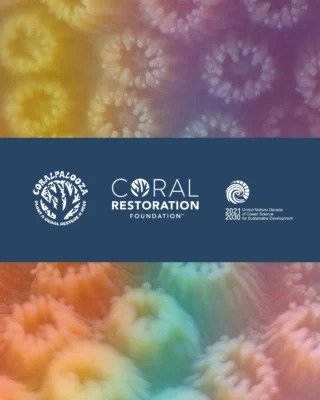A coral restoration project is a critical environmental initiative focused on repairing and rebuilding damaged coral reef ecosystems. Coral reefs play an essential role in supporting marine biodiversity, protecting coastlines, and sustaining local economies. However, these underwater habitats face serious threats such as climate change, pollution, overfishing, and physical damage. Restoration projects seek to reverse the decline of coral reefs by using scientific methods and community engagement to promote reef recovery and resilience.
Coral reefs are home to a vast array of marine species and provide food, shelter, and breeding grounds for fish and other sea life. They also act as natural barriers that shield coastal areas from erosion and storm damage. Furthermore, coral reefs attract millions of tourists annually, contributing significantly to local and national economies through tourism and fishing industries. Despite their importance, coral reefs worldwide have been deteriorating rapidly due to rising ocean temperatures causing coral bleaching, ocean acidification weakening coral skeletons, and pollution harming reef ecosystems. To address these challenges, coral restoration projects have emerged as a proactive solution to protect and restore these fragile environments.
One of the most common techniques used in coral restoration projects is coral gardening. This involves collecting healthy coral fragments and nurturing them in underwater or land-based nurseries until they grow large enough to be transplanted onto damaged reefs. Coral transplantation helps replenish coral populations and stabilizes reef structures, encouraging marine life to return. Another innovative method is microfragmentation, which speeds up coral growth by cutting corals into tiny pieces that rapidly regenerate. Artificial reefs and man-made structures also provide new surfaces for corals to attach and flourish, increasing habitat complexity and biodiversity.
A key focus of coral restoration projects is the genetic diversity of coral species. Scientists carefully select resilient corals that can better withstand environmental stressors such as heat and disease. This selection improves the chances that restored reefs will survive future climate challenges. Many projects also incorporate advanced technology, such as remote sensing and underwater cameras, to monitor reef health and growth. Data collected helps researchers refine restoration techniques and predict how reefs may respond to ongoing climate change.
The social and economic impacts of coral restoration projects are significant. Healthy reefs support fisheries, which provide food and livelihoods to coastal communities. Restoration efforts often involve local people and tourists, educating them about the importance of reefs and encouraging sustainable tourism practices. This engagement fosters a sense of stewardship and increases public support for conservation initiatives. Some projects combine art and science to raise awareness, creating visually striking coral structures that also serve as living nurseries for coral growth.
Despite the promising advances, coral restoration projects face challenges. These efforts can be expensive and labor-intensive, requiring ongoing maintenance and monitoring. The long-term success of restored reefs depends on reducing broader environmental threats like greenhouse gas emissions and pollution. Scaling up restoration to match the pace of reef degradation remains a critical hurdle. Additionally, balancing tourism with reef conservation is necessary to prevent further damage to vulnerable ecosystems.
Globally, numerous coral restoration projects demonstrate the growing commitment to saving coral reefs. Initiatives like the Sculptural Coral Gene Bank Fiji showcase innovative approaches by combining art, science, and tourism to promote reef recovery. Nonprofit organizations such as Counting Coral and the Coral Restoration Foundation lead similar efforts, collaborating with governments and communities to protect coral habitats in the Great Barrier Reef, the Caribbean, and the Pacific Islands.
Coral restoration projects symbolize hope for the future of coral reefs and the marine life they support. By restoring these ecosystems, scientists and conservationists aim to preserve biodiversity, safeguard coastal communities, and sustain economies dependent on healthy oceans. Continued investment in restoration, combined with global action to mitigate climate change, will be vital to ensure coral reefs can thrive for generations to come.







